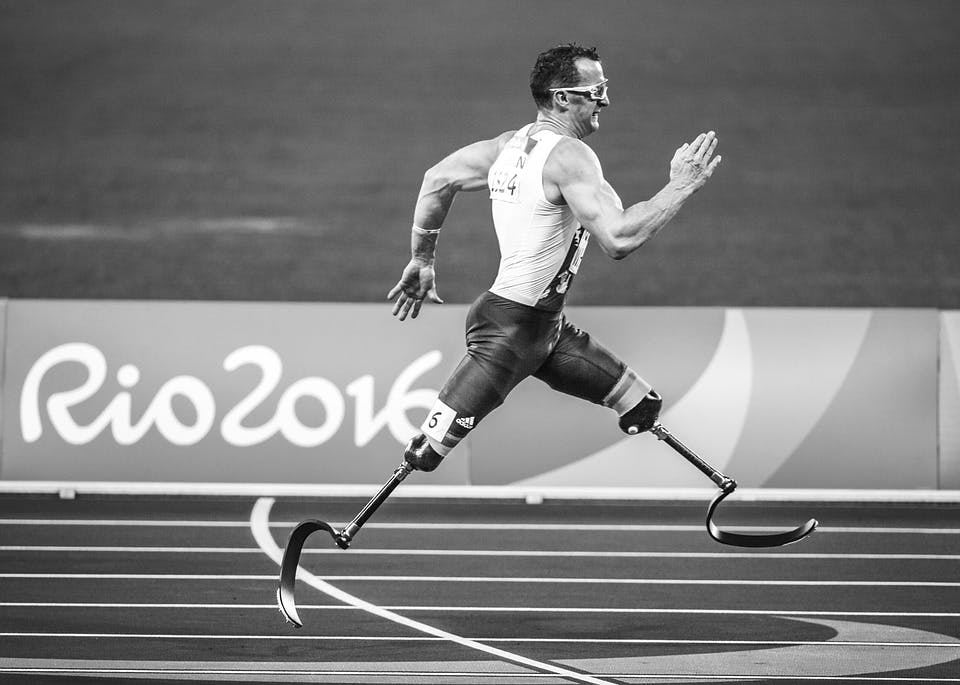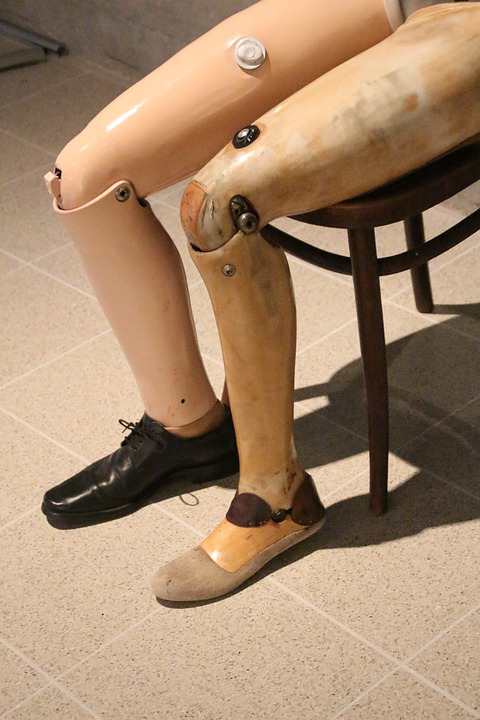An amputation is a common treatment for a variety of conditions. This includes injuries, diseases, or any kind of surgery. In some cases, individuals also get amputations and prosthetic limbs if they were born with a limb deficiency—a condition in which the infant is (fully or partially) born without a leg. Around two million US citizens live without a natural limb.
While prosthetics mimic the function of a leg and make the person’s life easier, they’re also a bit difficult to get used to. Not only do you need to know the correct method to carry and maintain them, but you also need adequate training.
Here’s all that you need to know before getting one:
They’re not one-size-fits-all
You can’t just place an order for a prosthetic and pick it up when it’s done. You can’t even borrow one from a friend. If your doctor has determined that you need a prosthetic leg, you need to look for a service that will manufacture one in the right size for you.
There are two main parts of the limb that you need to be particular about:
- The leg itself must be made of lightweight materials so it’s not hard for you to carry it. It can’t be even an inch shorter or bigger than the size of your natural limb.
- The socket attaches the limb to your body; therefore, it should be an accurate mold of your limb and fit well.
For the best results, we recommend working closely with the prosthetist and visiting the facility multiple times until you’re completely comfortable.

It’ll take time getting used to the limb
Getting a prosthetic limb doesn’t solve all your problems. You need to learn how to walk around with it. For this, you’ll have to seek help from both the prosthetist and the rehabilitation team.
Most people sweat excessively after putting the limb on. When too much sweat accumulates, it may lead to skin problems, as well as potential damage to the prosthetic limb. Another issue that individuals face is phantom limb pain. Although the exact cause of this pain is largely unknown, it mostly takes place after an amputation and limits one’s ability to use the prosthetic limb properly.
Prosthetic rehabilitation is vital
Prosthetic training or rehabilitation helps you regain your independence and resume your normal day to day activities. Ideally, you should get started with this form of training after five days of the amputation. The therapists will help you regain your strength through simulations and exercises. They do so by helping you stretch and strengthen the muscles and tissues at the site of amputation.
Another main focus of this training is the balance. The therapists help you gain control over your movement and reduce the pain that comes with it. This helps the individual balance the weight of the limb with their own and walk around without bending or falling over.
HealthRite Medical & Rehab Clinic in Houston is home to some of the well-experienced prosthetic trainers. Other than training, they also help you take care of your scars and skin and deal with the pain. Visit our website for details.

